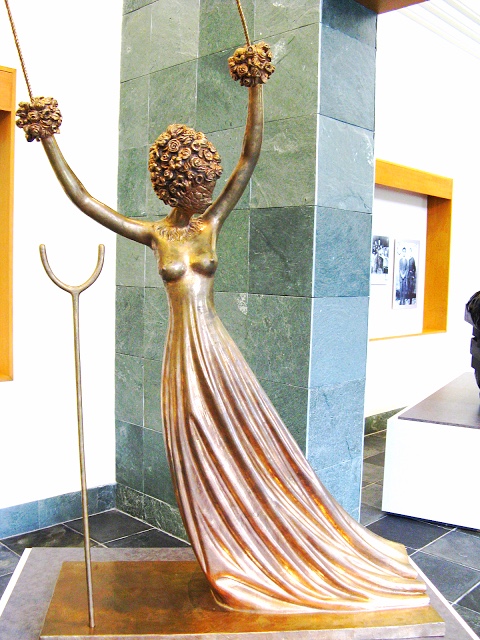Shostakovich – intermission

“Five Angels Playing Musical Instruments“ (c.1487 – 1490)
__________
the “Quartet for the End of Time“ by
Messiaen, which I lauded in my last
transmission, is perhaps a wonderful
place to take a break, an intermission,
from the central Shostakovich, mighty
and imperial as he is, perhaps even
overbearing, compared to the more
introspective meanderings of Messiaen,
bird calls, philosophical, if more organic
explorations, a radically different musical
reaction to the tyrannical tribulations of
Shostakovich, but not in the least less
viable, convincing, you can decide
Beethoven’s 14th String Quartet in
C# minor, here, seems an apposite
musical counterpart also, a model
for the tortured movements, implicit
in either other incendiary work
note how the several movements in
either quartet hold together neatly, like
a bespoke suit, made to order, you can
follow the line of the cut in all of its
detail, and the suit fits everywhere like,
well, a glove
there are too many extra, unnecessary
ruffles, flounces, frills, excess material
to distract from the essential garment
up until now, to my mind, in Shostakovich,
one gets lost in the kerfuffle, one drifts
away, all except for his Fifth Symphony
neither do the ebb and flow of the
movements, from largo to prestissimo
and throughout the tempo ledger, lead
to distinct, personal, statements from
the individual parts in Shostakovich,
as they do in Messiaen, Beethoven,
when they slip from one chapter to
the next
Shostakovich seems to return to, rely
on, the same, however magisterial
technique – the guy ‘s an obvious
symphonist, an orchestrator of
instruments of the very highest order
– but with the same melodic matter,
variations on a single complaint, too
often reiterated to maintain rapt
attention from start to finish, one
wanders
it might be noted that comparing
string quartets and symphonies is
like comparing apples and oranges
but listen to any Beethoven symphony
for an array of unforgettable musical
airs, dances, dirges, marches, lyrical
romps through Elysian fields, you’re
transfixed through to the very end,
always, everywhere
nevertheless there is indeed the
splendid, and thoroughly
successful Shostakovich Fifth
and alone, the first movement of his
Seventh, which I’m still singing in
the streets
to eternally validate Shostakovich as
the greatest composer of the Twentieth
Century, along with Messiaen
R ! chard








